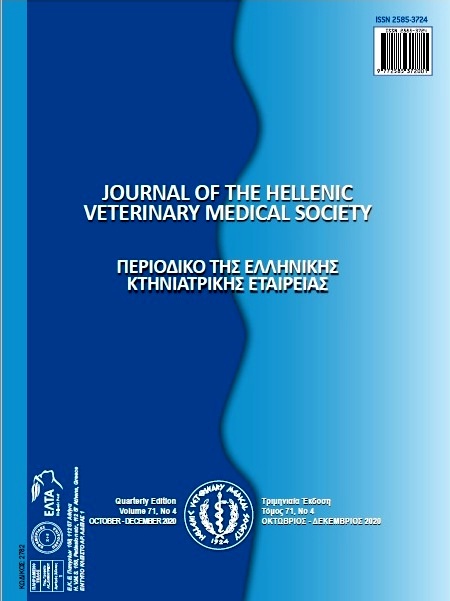Chemical quality indices in local and imported beef meat
Résumé
Freshness of meat samples can be measured and evaluated by chemical tests based on t h e i r protein decomposition, lipid oxidation and/or pH values. A total of 100 random samples of local and imported beef meat (50 of each) were collected from different shops in Cairo governorate for evaluation of their chemical quality. Chemical examination of beef samples revealed that the mean values of pH, TVB/N (mg%) and TBA (mg/Kg) were 5.77 ± 0.32, 11.9±1.63 &0.58± 0.10 for local meat samples respectively , while they were 6.6 ± 0.12, 21.5 ± 1.95 & 0.95 ± 0.11 for imported samples respectively. Overall results obtained were considered important meat quality indicators. It is clear that there is a significant difference between fresh and frozen meat samples, which could be attributed to storage time and other conditions, particularly for frozen samples.
Article Details
- Comment citer
-
HASSANIEN, F. S., SHALTOUT, F. A., FAHMEY, M. Z., & ELSUKKARY, H. F. (2021). Chemical quality indices in local and imported beef meat. Journal of the Hellenic Veterinary Medical Society, 71(4), 2549–2552. https://doi.org/10.12681/jhvms.25935
- Numéro
- Vol. 71 No 4 (2020)
- Rubrique
- Research Articles

Ce travail est disponible sous licence Creative Commons Attribution - Pas d’Utilisation Commerciale 4.0 International.
Authors who publish with this journal agree to the following terms:
· Authors retain copyright and grant the journal right of first publication with the work simultaneously licensed under a Creative Commons Attribution Non-Commercial License that allows others to share the work with an acknowledgement of the work's authorship and initial publication in this journal.
· Authors are able to enter into separate, additional contractual arrangements for the non-exclusive distribution of the journal's published version of the work (e.g. post it to an institutional repository or publish it in a book), with an acknowledgement of its initial publication in this journal.
· Authors are permitted and encouraged to post their work online (preferably in institutional repositories or on their website) prior to and during the submission process, as it can lead to productive exchanges, as well as earlier and greater citation of published work.



